- The ASEAN economic recovery trend is obvious in 2022, and infrastructure demand may return to the normal range

At present, the ASEAN infrastructure industry is gradually recovering, but there is still a problem of unbalanced development between regions. Indonesia, Thailand, Singapore, the Philippines, Malaysia, Vietnam and other countries are not only the engines of ASEAN's economy, but also important markets for China to invest in overseas infrastructure construction. According to the forecast of Oxford Economics, the economic growth rate of the above-mentioned six ASEAN countries is expected to reach 6.1% in 2022, which is the highest growth rate in the world. As the government continues to develop infrastructure construction and attract foreign investment to promote economic recovery, infrastructure investment will become an important starting point for stabilizing growth. This issue will analyze the potential opportunities in the infrastructure sector in Singapore and Indonesia, and provide a reference for related companies to deploy in the two countries.
Indonesia, Thailand, Singapore, the Philippines, Malaysia, Vietnam and other countries are not only the engines of ASEAN's economy, but also important markets for China to invest in overseas infrastructure construction. According to the forecast of Oxford Economics, the economic growth rate of the above-mentioned six ASEAN countries is expected to reach 6.1% in 2022, which is the highest growth rate in the world. As the government continues to develop infrastructure construction and attract foreign investment to promote economic recovery, infrastructure investment will become an important starting point for stabilizing growth. This issue will analyze the potential opportunities in the infrastructure sector in Singapore and Indonesia, and provide a reference for related companies to deploy in the two countries.
Singapore
Singapore is one of the most developed economies in Southeast Asia, with strong fiscal capacity, a stable business and political environment, and a sound legal system. The government has considerable infrastructure construction plans in the fields of transportation, water supply, solar energy, etc., and the market is very broad.
In order to move towards a "lightweight vehicle" society and achieve sustainable development, Singapore is vigorously expanding its public transportation system. According to Fitch's key project database, the transportation infrastructure projects in Singapore are the largest in size, and the rail transportation is the most prominent. In the coming period, the main large-scale rail transit projects in Singapore include the Jurong Region Line and the Cross Island Line. At present, Singapore's Land Transport Authority (LTA) has confirmed the location of the MRT line for the Cross Island Line-Punggol Extension, and plans to start construction in 2022 and complete it in 2031. On February 7, local time, China Hydro Singapore Branch, a subsidiary of POWERCHINA, successfully won the bid for the design and construction project of the CR107 section of the Cross-Island Metro Line in Singapore-Pasir Ridong Station. Compared with rail transit, except for the North-South Corridor project that has already been awarded, the scale of road projects in Singapore in the next few years will be small, mainly focusing on the maintenance and modernization of existing roads. In addition, Singapore is actively researching and developing autonomous driving and new smart infrastructure as part of the Smart Nation initiative. On the port front, the ongoing Tuas superport project is expected to enhance Singapore's reputation as a major transshipment hub in the world. The project will be implemented in four phases. The second phase of the project has already started, and the third and fourth phases are still in the planning stage. Upon completion, the port will achieve an annual throughput of 65 million TEUs, more than double the throughput of 2017.
Singapore lacks natural freshwater resources, and freshwater imports from neighbouring Malaysia still account for a considerable proportion of the country's water supply, and water security remains a political priority for the Singaporean government. In order to achieve water diversification and freshwater self-sufficiency, the government will increase investment in water infrastructure. Specific targets include increasing the proportion of desalinated water supply to 30% and reclaimed water supply to 50% by the end of the Johor water supply contract in 2060. In contrast, Singapore has developed power infrastructure and slow growth in energy demand, and power projects in the next few years will mainly focus on solar energy, especially floating solar farms, rooftop solar panel installations, etc.
Among Southeast Asian countries, Singapore is at the forefront of green building development, and the government has been committed to improving the energy efficiency of buildings, with a goal of 80% of buildings being certified to green standards by 2030. To achieve this, the government will continue to invest in smart city initiatives and work to expand social housing. Apart from traditional buildings, Singapore has always been a popular location for building data centers with advantages such as a reliable power grid, friendly business environment, strong submarine cable network and low risk of natural disasters. Although the government has pressed the "pause button" on the construction of new data centers, in the long run, the construction of data centers will promote the development of Singapore's construction industry.
Indonesia
Indonesia's infrastructure construction is seriously lagging behind. Since Joko Widodo was elected president of Indonesia in 2014, vigorously developing infrastructure construction has become an important means for the Indonesian government to revitalize the economy. In the 2022 national budget, the allocation of infrastructure projects is 384.8 trillion rupiah, and transportation and electricity are still the key support directions. Large-scale government-backed infrastructure projects such as the "National Strategic Project" and the 35GW plan are likely to accelerate ahead of the end of Jokowi's second term in 2024.
The Indonesian government is actively expanding infrastructure such as roads and railways, aiming to improve the national road network, inland freight logistics, intercity passenger railways and urban transportation. Of the 246 national strategic projects, 97 are related to road and rail infrastructure. These projects are large in scale and most are still in the construction or planning stage. China and Japan are still the two countries with the largest foreign investment in the Indonesian railway sector, and the construction of the Jakarta-Bandung high-speed railway supported by China has entered a full sprint stage. Some major railway projects such as the Sulawesi Railway and the Trans-Sumatra Railway are expected to make new progress, benefiting from improved land acquisition procedures. On the port side, data from KPD, the Fitch Solutions infrastructure key projects database, shows that more than $61.9 billion worth of port and water infrastructure projects are currently in the pipeline. The largest projects include the $40 billion Giant Sea Wall Project.
As the epidemic in Indonesia is gradually brought under control, Indonesia's economic recovery trend is obvious in 2021. With good economic growth momentum coupled with population growth and increasing electrification rate and other factors, electricity demand may resume its original growth trend, and there is a lot of room for growth in the electricity market. . While the Indonesian government announced in May 2021 to phase out coal-fired power plants in order to meet its goal of becoming carbon neutral by 2060, the decision will not affect projects under construction and completed financing. According to the original government plan of 35GW, the quota allocated for the construction of coal-fired power plants by 2030 is 16GW. But Indonesia's long-term reliance on coal-fired power plants has become more precarious, especially given the global "decarbonization" trend, given that countries have pledged to stop providing financial support for overseas coal projects by the end of 2021. Must do. The Indonesian government aims to have 23% of its energy come from renewable sources by 2025. Among them, the hydropower and geothermal energy markets have broad prospects for development and large investment space. Among the 21 renewable energy power generation projects tendered by the National Electric Power Company of Indonesia (PLN) over the next 10 years, there are seven geothermal power plants with a total capacity of 660 MW and six hydroelectric power plants with a capacity of 235 MW. At the same time, in order to better promote the utilization of geothermal energy, the Ministry of State-owned Enterprises of Indonesia plans to merge three state-owned geothermal companies, PT Geo Dipa Energi, PT Pertamina Geothermal Energy (PGE) and PT PLN Gas and Geothermal (PLN GG), and consider carrying out the merger after the merger. Initial public offering (IPO). The planned joint venture will be the world's largest geothermal company in terms of installed capacity. In addition, Indonesia's PV market is expected to grow rapidly under the stimulus of the US$1 billion "Surya Nusantara Plan" and the "SOEs Synergy initiative". In the field of power transmission and distribution, according to the new edition of the "2021-2030 Power Supply Industry Development Plan" (RUPTL), during 2021-2030, the focus will be on the development of 500kV and 150kV lines in the Java-Bali power grid, as well as the 500kV and 275kV lines in the eastern islands and Sumatra power grids. , 150 kV and 70 kV lines. By 2030, PLN plans to achieve a substation capacity of 76,662 MVA and add 47,723 kilometers of transmission lines. PLN is also working on grid interconnections including large islands such as Sumatra and Sulawesi, as well as grid interconnections with Malaysia and Singapore. At the same time, the new version of RUPTL intends to liberalize investment in the field of transmission and distribution, and private enterprises may participate in the investment and operation of transmission and distribution infrastructure in various ways, such as the build-operate-transfer model, the build-lease-transfer model, or the network fee concession. business model, etc.
On January 18, 2022, the Indonesian Congress passed the Draft National Capital Law, confirming the relocation of the capital from Jakarta to East Kalimantan, and plans to start the construction of the new capital in 2022. This will mean a lot of infrastructure investment in the country over the next 10 years. According to previous estimates by the Indonesian government, the construction of the new capital will cost US$33.7 billion, of which only 19.2% will come from the state budget, with the rest coming from private capital and foreign investment. In addition, Indonesia is showing increasing investment momentum in digital infrastructure and data centers, and is expected to grow exponentially as the pace of digitization and smart city development continues to accelerate. In 2021, Singapore's technology and telecommunications media ST Telemedia announced the establishment of a new 72MW data center park in Jakarta, Indonesia; Microsoft plans to build the first data center area in Indonesia; GDS Holdings Co., Ltd. plans to build in Batam Nongsa Digital Industrial Park Two data centers; MNC Land plans to build a new 450 MW data center in MNC Lido, south of Jakarta, in partnership with LandPT Infokom Elektrindo; Singapore's Princeton Digital Group plans to build a new data center in Jakarta, Indonesia; Indonesian telecom operator Smartfren plans In partnership with Group 42 (G42), an AI and cloud computing service provider in Abu Dhabi, to open a new 1,000MW data center in Indonesia. Editor / Xu Shengpeng
Comment
 Praise
Praise
 Collect
Collect
 Comment
Comment
 Search
Search


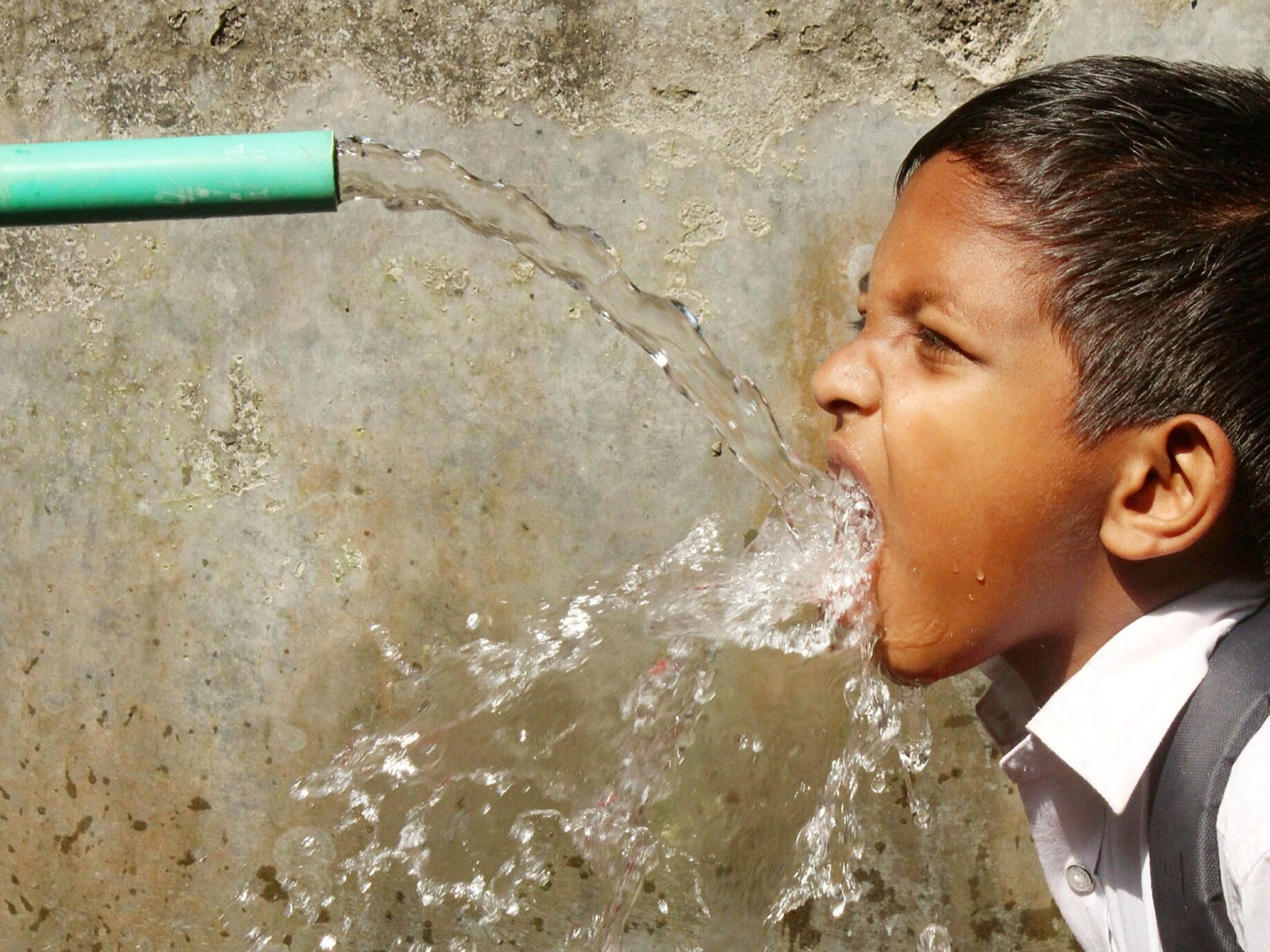
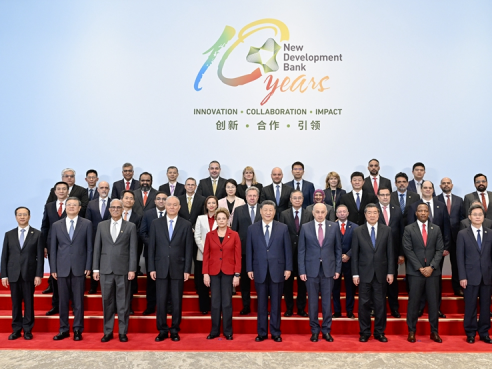
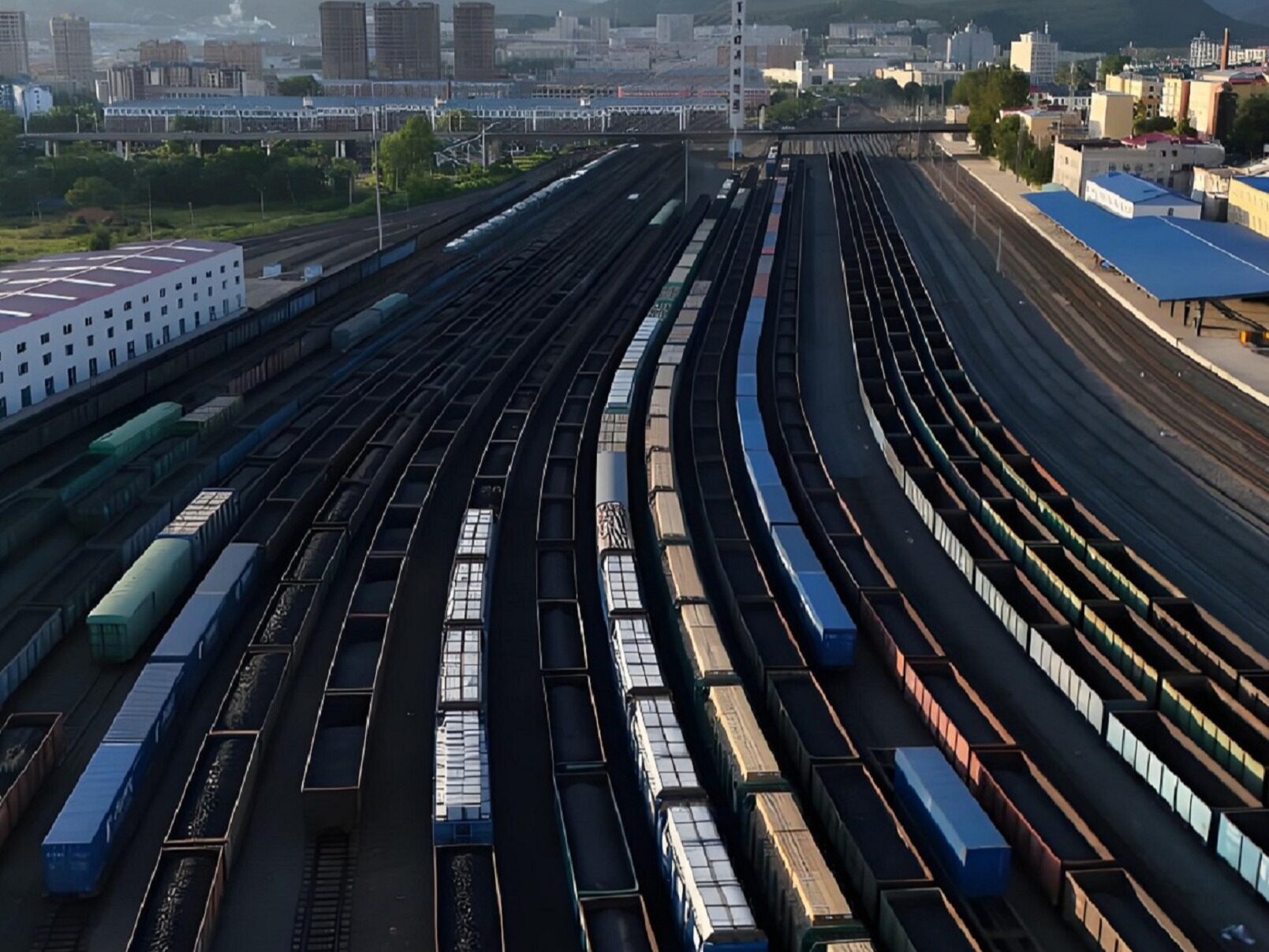
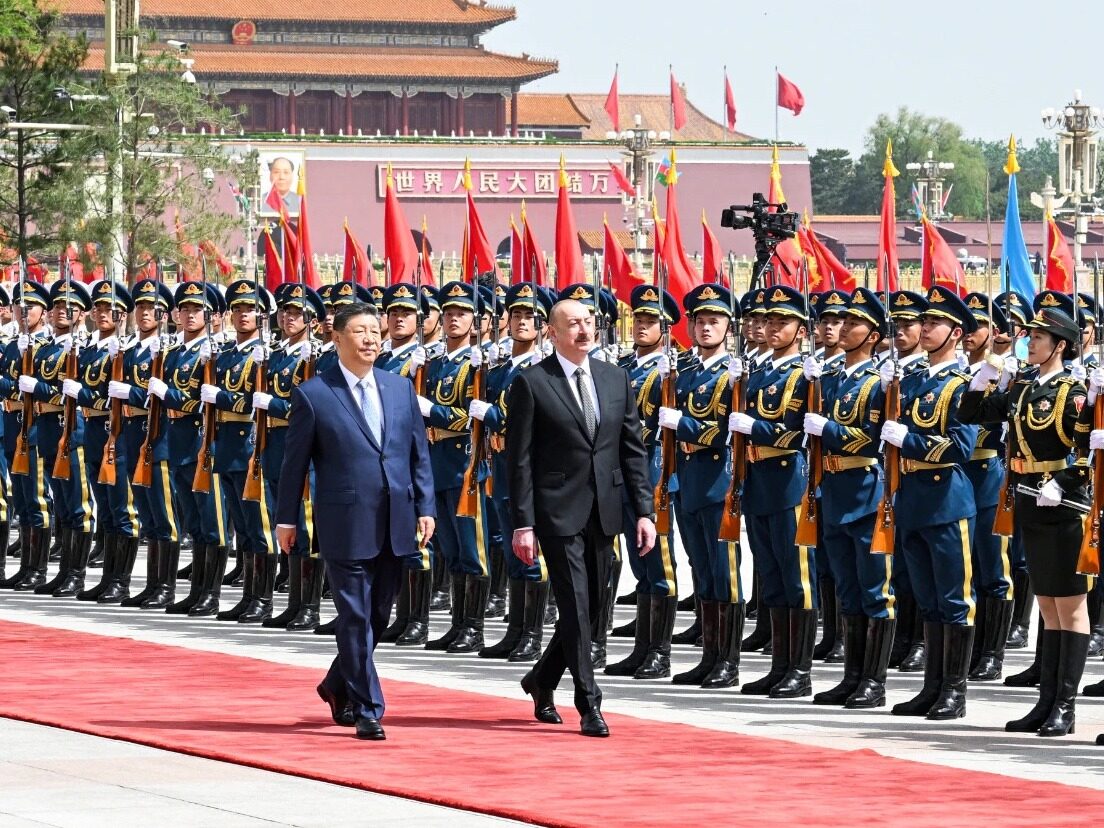
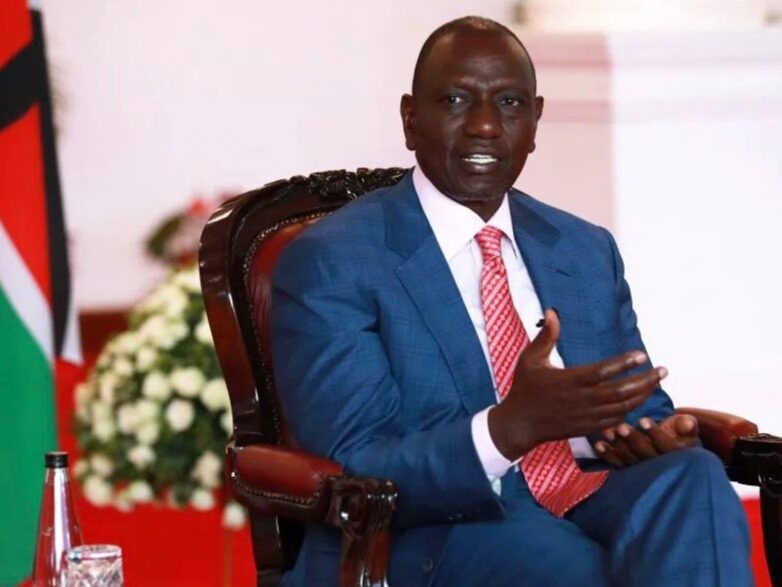
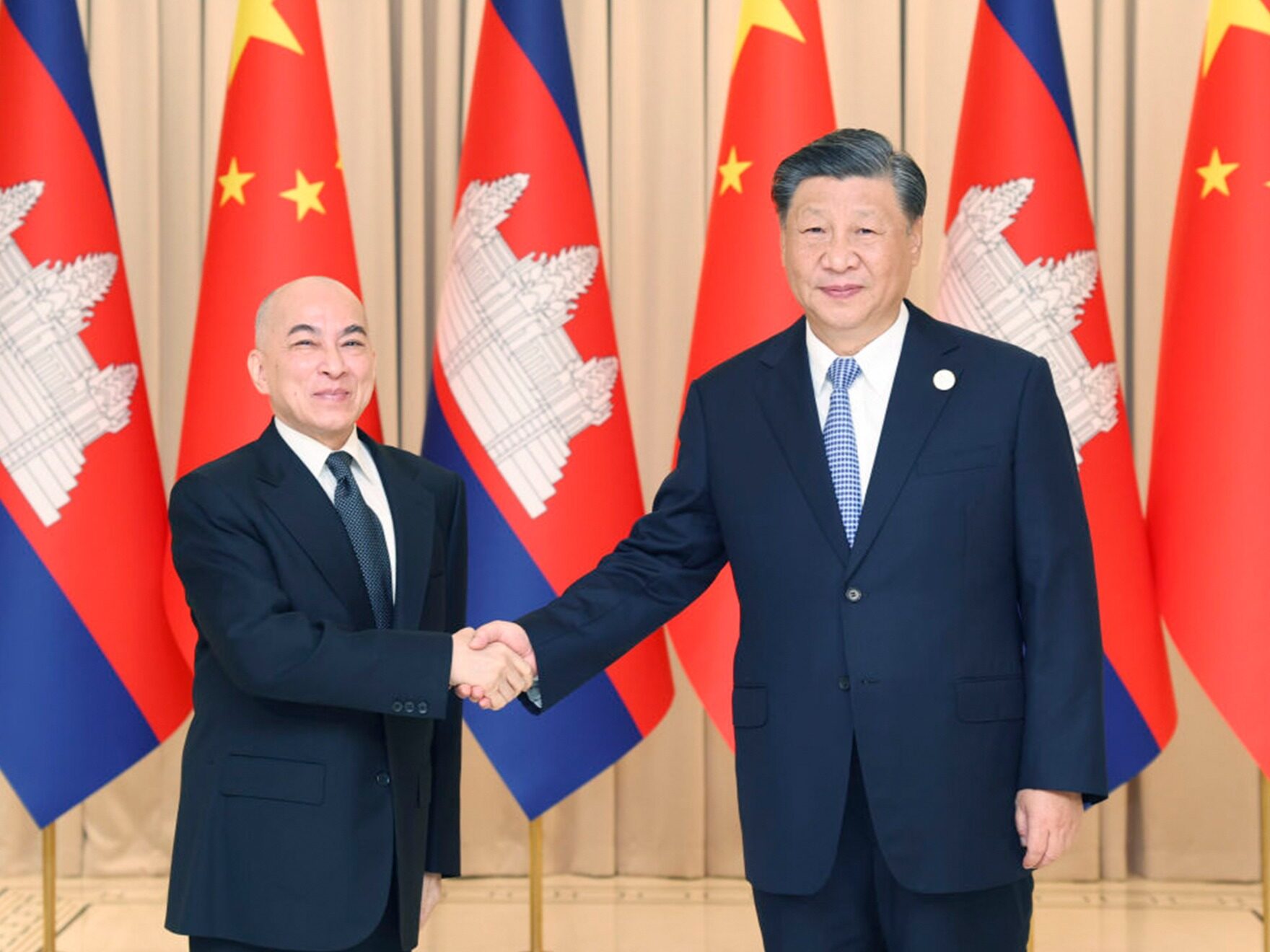






Write something~